 |
| One of the few pomelo gardens with fruit |
The owner of a pomelo growing household in Luong Quan village, Thuy Bieu ward ( Hue city) Vo Tran Tuan Kiet could not hide his sadness when this pomelo crop lost its productivity, with an unprecedentedly large output. Living along the Huong River for many years, Mr. Kiet's family's life mainly depends on the pomelo garden. All living expenses, raising children to study, and building a house come from the income accumulated from the bumper pomelo crops.
Mr. Kiet's family's 100 pomelo trees have rarely had a bad harvest. There have been crop failures, but not to the extent of a near total loss like this pomelo crop. His family, like many households, grows 100 trees or more, and many crops yield 3-5 tons of commercial fruit. In 2023 alone, many households harvested an average of 3 tons/100 trees. However, this year's pomelo crop yield has dropped abnormally to only 4-5 quintals/100 trees.
If many years ago, pomelo trees gave an average income of 150-200 million VND/ha, this crop only brought in a few tens of million VND. This meager income is only enough to buy fertilizer, pesticides, and labor costs to take care of the garden for the next crop. Up to now, people do not know the specific cause of pomelo crop failure, but the initial assessment is that it is due to unusual weather and complicated hot weather.
The loss of pomelo crop is a matter of concern for the people of Thuy Bieu in particular and the whole province in general. Losing income from pomelo means losing livelihood for many households specializing in growing this specialty tree. Mr. Kiet affirmed that the heavy loss of pomelo season will greatly affect the lives of his family as well as the local people. With no other choice, Mr. Kiet's family and the people take care of and fertilize the garden in the hope that the next pomelo crop will be good, making up for this one.
The privilege of alluvium from the Huong River deposited annually, the lands in many localities along this river are suitable for many types of fruit trees to grow, giving high productivity and economic efficiency, especially pomelo trees. In Thuy Bieu ward alone, there are more than 120 hectares of pomelo trees. Pomelo has long been the main economic crop of Thuy Bieu and many localities along the Huong River, Bo River, and O Lau River.
Vice Chairman of Thuy Bieu Ward People's Committee, Mr. Vo Ba Binh informed that in previous crops, almost every pomelo crop in Thuy Bieu Ward achieved an average of 600-700 tons, earning around 20 billion VND. However, this year's pomelo crop only harvested about 100 tons, considered the most unsuccessful crop ever. Many orchards had almost no fruit, or very little fruit. The yield and output of this pomelo crop were only 15-20% compared to the previous crop. The cause was initially determined by the locality and the agricultural sector to be due to complex and erratic weather, causing the ability and rate of flowering and fruiting to be very low. Although people used coping measures, many orchards had just produced fruit and then fell off.
According to Mr. Vo Ba Binh, with the current complicated weather, there is no other way but to organize propaganda, mobilize, and guide people to synchronously implement measures to care for, fertilize, and improve gardens so that the next crop can achieve productivity and output.
Mr. Ho Dinh, Head of the Provincial Department of Cultivation and Plant Protection, affirmed that this is a general pomelo crop failure in the province, not only in Thuy Bieu but also in many other localities in the province. In addition to the complicated weather, some dangerous pests and diseases that harm crops such as gummosis, sooty mold and harmful objects such as stem borers, greening disease...
The Department is coordinating with localities to guide people to improve care, fertilize in a balanced way, and increase the use of decomposed manure to help plants grow, develop healthily, and resist harmful pests and diseases. Notably, it is necessary to manage and prevent gummosis and continue to monitor other harmful organisms to have timely management and prevention measures.
Source: https://baothuathienhue.vn/kinh-te/nong-nghiep-nong-thon/mat-mua-thanh-tra-142145.html



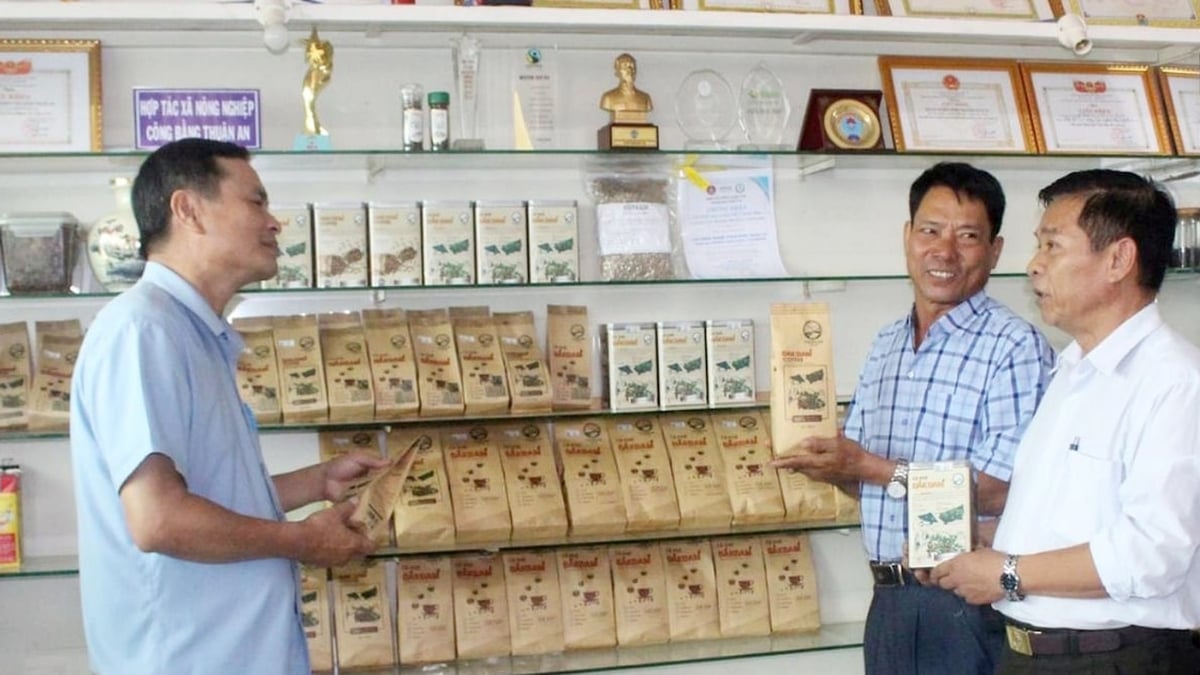
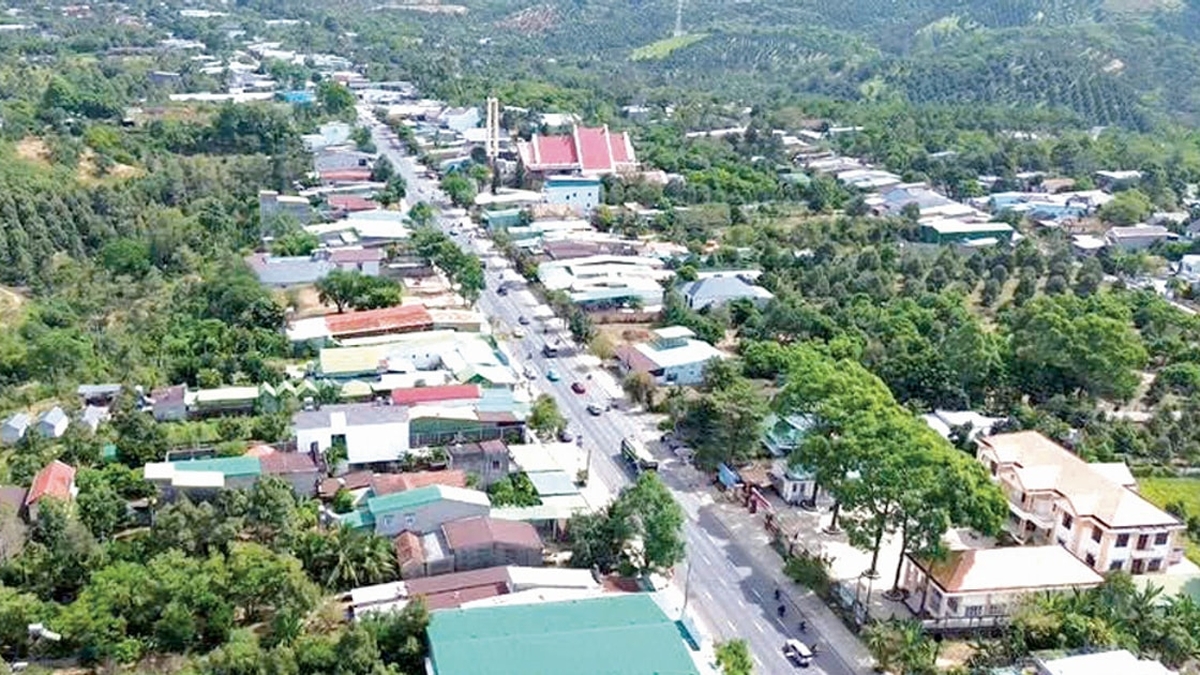
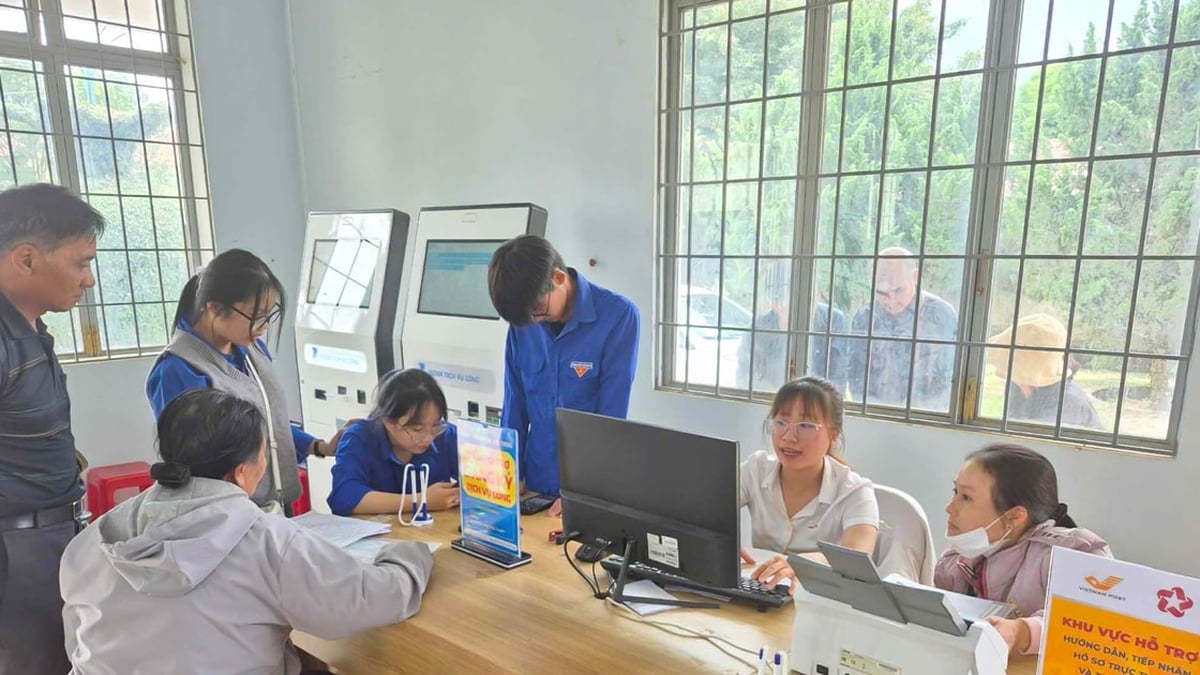
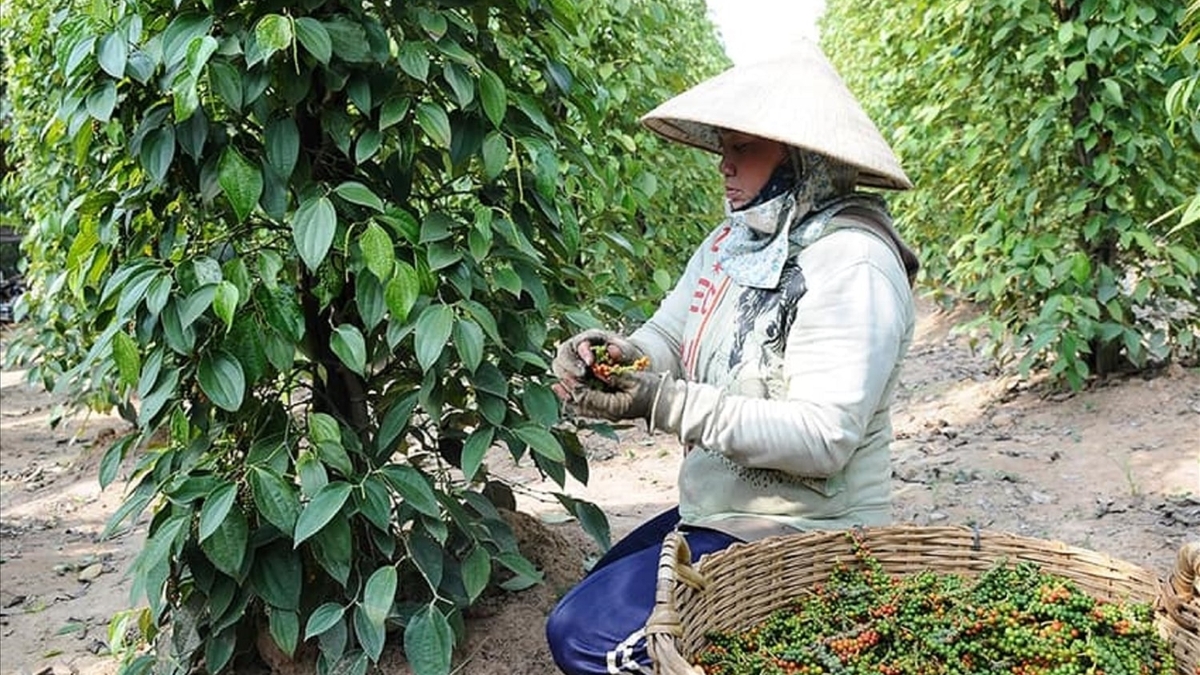
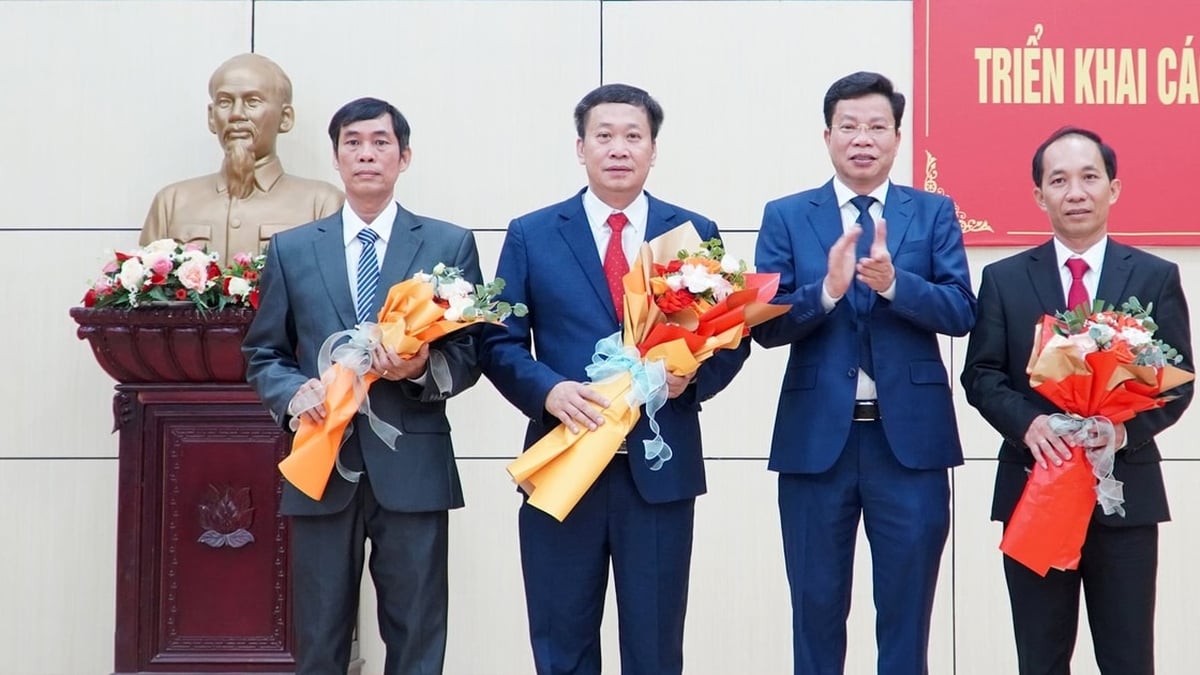

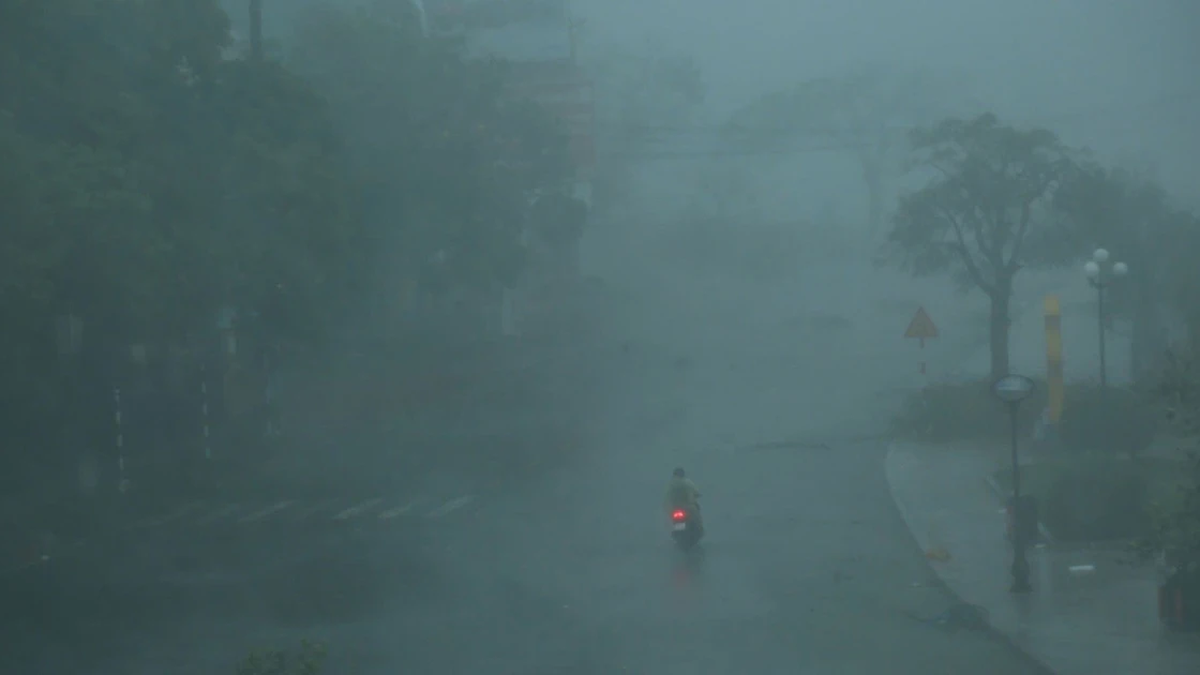













![[Photo] National Assembly Chairman Tran Thanh Man visits Vietnamese Heroic Mother Ta Thi Tran](https://vphoto.vietnam.vn/thumb/1200x675/vietnam/resource/IMAGE/2025/7/20/765c0bd057dd44ad83ab89fe0255b783)













































































Comment (0)